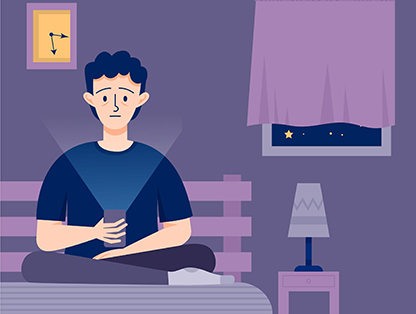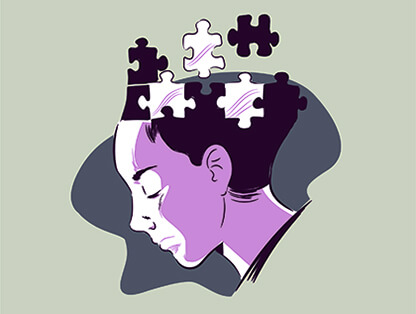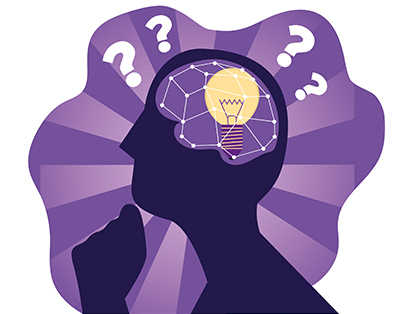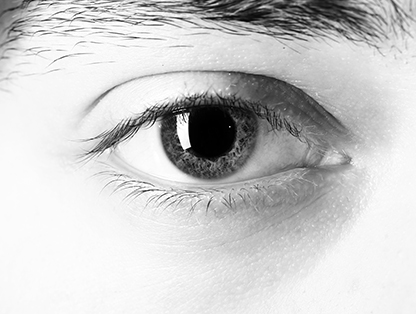1. I frequently get so strongly absorbed in one thing that I lose sight of other things.
2. I enjoy spending time alone or isolated from other people.
3. I feel overwhelmed by strong smells, tastes, lights, noises, sounds, and other sensations.
4. I tend to notice details that others do not.
5. Other people frequently tell me that what I've said is impolite, even though I think it is polite.
6. I frequently lose or damage valuable or expensive things (for example, my phone, glasses, documents, wallet, keys, etc.)
7. It's hard for me to organize my time well.
8. I find making eye contact with people difficult.
9. I find it hard to make new friends.
10. I am often the last to get the point of a joke.















